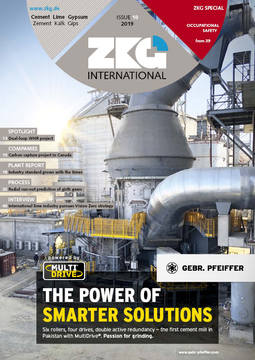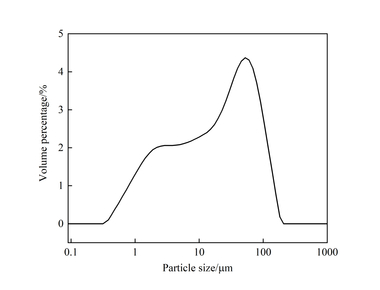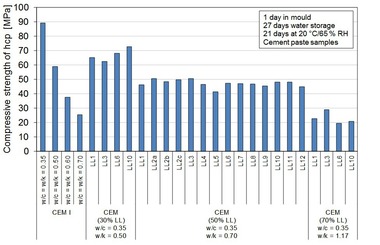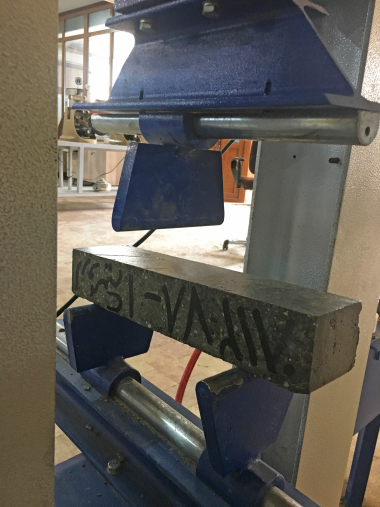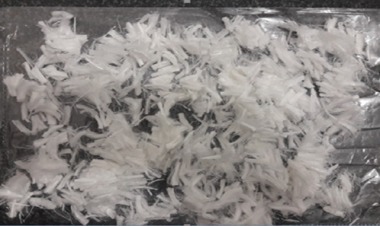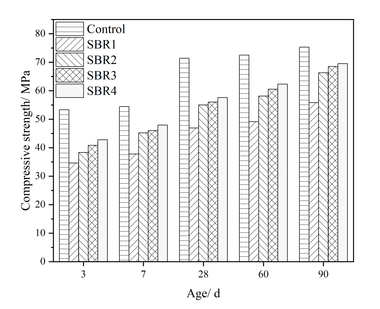Method for producing cement grouts with decreased shrinkage and the cement grout with decreased shrinkage
(22) 21.02.2019
(43) 29.07.2019
(57) The subject of the application is a method for producing cement paste with reduced shrinkage and cement paste with reduced shrinkage. This method consists in the fact that the cement was ground with the silica material MCM-41, the amount of which is from 1 to 2 % in relation to the total weight of the cement, i.e. for every kilogram of cement there is 0.01-0.02 kg of MCM silica material -41. Then, to the resulting dry mixture of cement and silica material MCM-41, mixing water (tap water) is added in such an amount that the mass ratio of mixing water to cement (w/c) is from 0.4 to 0.5 – preferably 0.5, that is, 0.4-0.5 kg of water – preferably 0.5 kg for every kilogram of cement; then the cement paste is mixed and compacted. The cement slurry contains ground cement with MCM-41 silica material in an amount of 1 % to 2 % in relation to the weight of cement in the cement paste, i.e. for every kilo of cement falls 0.01-0.02 kg of silica material MCM-41, and water pressure (tap water) in such an amount that the mass ratio of mixing water to cement (w/c) is from 0.4 to 0.5 – preferably 0.5, i.e. 0.4 to 0.5 kg of water for each kilogram of cement - preferably 0.5 kg.
(71) Politechnika Lubelska (PL)

